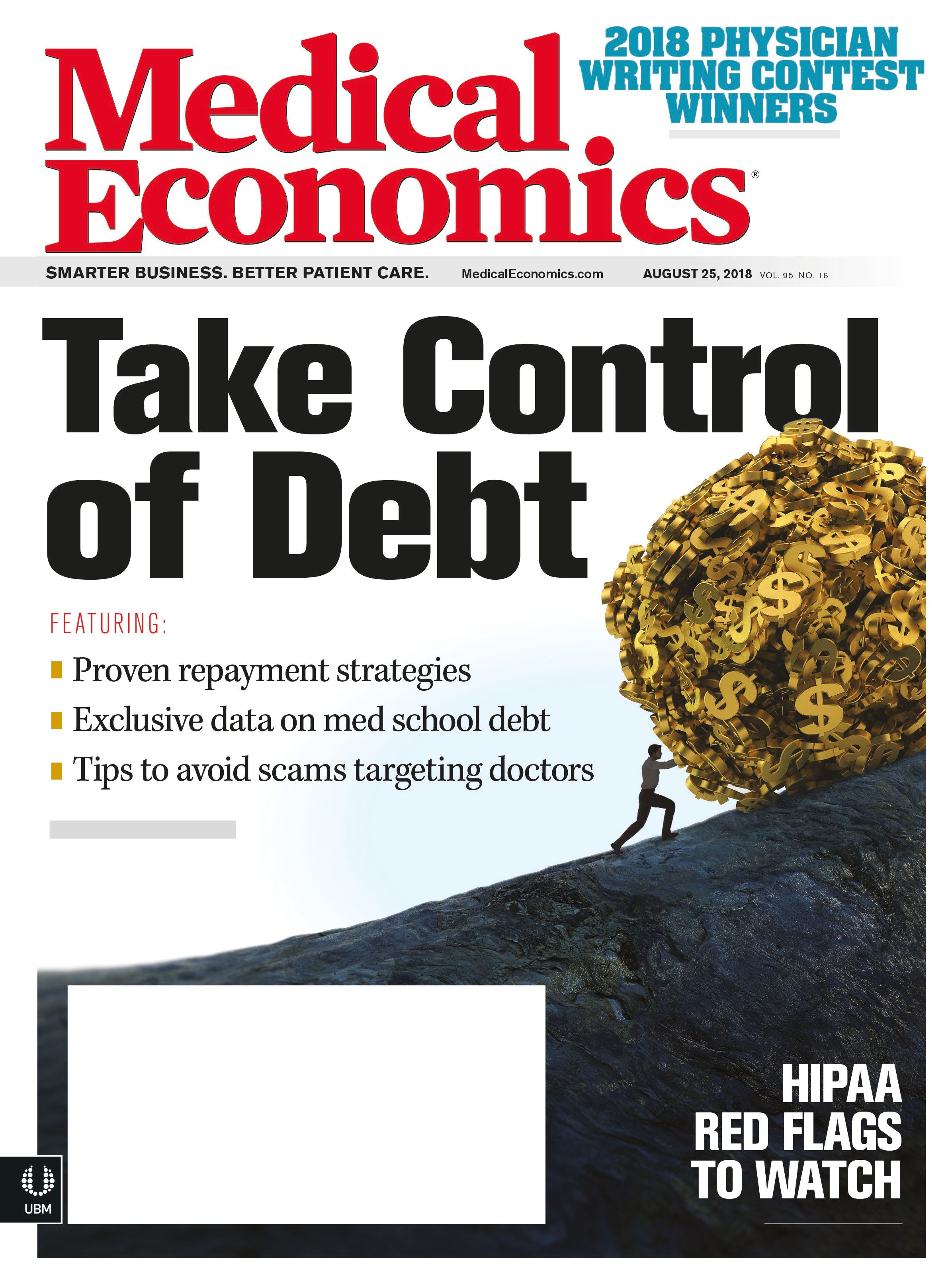Publication
Article
Medical Economics Journal
Your voice: Portals producing more tasks for overworked physicians
Letters from our readers
Portals producing more tasks for overworked physicians
As I read the recent article “Make the most of portals” (July 10), I was dismayed to see that the article did not mention the unintended consequences of portals being one of the new causes that play a role in active burnout among physicians.
With the current push for EHR adoption of portals, many healthcare organizations have implemented the portal system well, as evidenced with the metric demonstrating high utilization by patients.
However, as access to care continues to be an active problem among primary care practices, patients have taken to the portal as a surrogate for access to care. Many healthcare organizations have found the utilization and the amount of portal messages have risen exponentially, which in turn have created the need for new workflows and an undue and unintended burden for primary care providers.
Reviewing and answering messages takes time, and for the majority of healthcare professionals this time is often spent at lunch, or after hours. While the portal is good for allowing patients to review records, make appointments, and communicate with the healthcare team, we must ensure that the portal is a tool that can be effectively used by all to make healthcare better and not a potential cause for undue burden.
I have been associated with two large healthcare organizations and a well-designed portal has been an effective tool with patients. They enjoy seeing their notes, their lab results, X-ray reports, and can review documents as they see fit. This has been a wonderful tool for patient engagement and has helped with that portion.
Many patients, however, with the ease of such messaging have taken to the portal messaging system. The number of portal messages and the time needed to respond has been quite burdensome for most. A carefully written message is essential to effective communication. Often, many PCPs will in turn simply call the patient rather than typing another message in response, with hopes to avoid an unnecessary string of replies.
I foresee portal messaging to be a hot topic in time to come for those who use EHRs as adaptation becomes better. I believe the portal has allowed many to be more engaged and we must be prepared for the added work.
Jesse Bracamonte, DO
Scottsdale / Phoenix, Ariz.
Primary care needs doctors, not more obstacles
There is no doubt that healthcare mergers are competing with primary care doctors (“Healthcare mergers pose challenges for primary care,” June 10).
But if primary care physicians extend their hours and work weekends, and open their own clinics, the result will be more burnout and more dissatisfaction.
It would make better sense if medical educators trained more PCPs and got them into the workforce quicker. This could be done by customizing and shortening the college/medical school curricula and providing PCPs with clinical training in community health centers, not hospitals.
This would lessen the workload per individual physician and provide more time with patients.
Of course, this would cut into PCPs’ incomes, but with shorter training time and fewer education loans, the trade-off may be acceptable.
For over 50 years, policymakers have expressed the need for more primary care physicians, but medical educators have not responded to the need. And a career in primary care has lost its allure for many physicians. The New England Journal of Medicine recently reported that only 17 percent of American medical students have entered primary care residencies.
Nurse practitioners have been independently licensed in many states and will most likely fill the need for more providers of primary care.
Edward Volpintesta, MD
Bethel, Conn.






